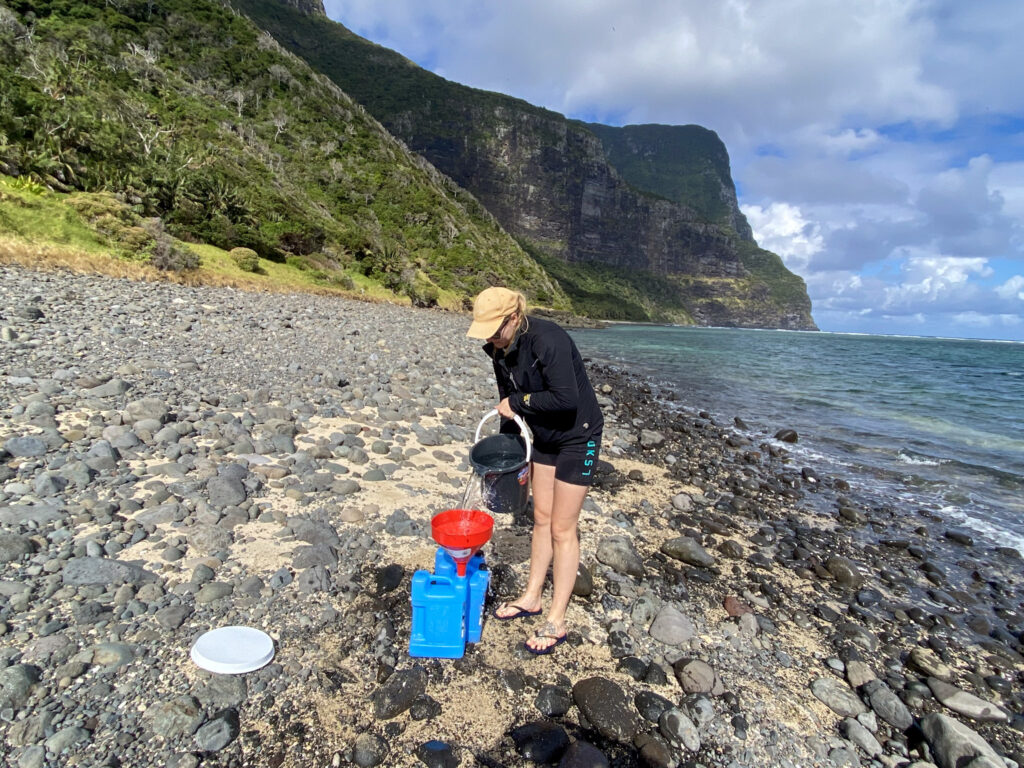What is the Environomics Future Science Platform?
Environomics (environmental genomics) is a CSIRO research and development program exploring the limits of what is possible at the intersection of genomics and environmental science.
By taking advantage of the genomics technology revolution, Environomics is creating new technologies and knowhow for better natural resource management in Australia and elsewhere. Environomics is also finding new genetic resources in nature and developing techniques for taking advantage of them.
Environomics is a collaborative venture bringing together experts in molecular biology, ecology and big data science from CSIRO and the university sector.

Why it matters

Australia is a mega-diverse country. Our biodiversity is beautiful and immensely valuable. It provides billions of dollars in revenue and jobs, and unique resource for innovation, science and industry.
Maintaining our biological resources is challenging. Conventional tools for understanding, monitoring and responding to environmental needs rarely offer the detail, scalability and speed that decision makers need.
“Hidden within Australia’s biodiversity are genetic resources to enhance crops, new materials for manufacturing and insights into biological processes that can give industries an edge and environmental managers vital insights into how ecosystems work”.
What genomics offers environmental science

The genomics technology revolution emerged during the past decade from the convergence of advances in molecular biology, nano-engineering and data science. It has changed the face of life sciences and revolutionised medicine.
DNA is the original “big data”. It can tell us an animal or plant’s identity, condition and function, its species, how it’s feeling and what it does in the ecosystem! Just like in medicine where genomic diagnostics can help us understand and cure diseases, the information in DNA can be used to measure and understand the natural world.
Environomics in practice
Scientists can now rapidly and inexpensively read and understand the function of entire genomes belonging to wild animals, plants and microbes. We can do this for whole ecological communities without even seeing or capturing them. We can use autonomous vehicles like drones to do it “on the fly”. Our quick and non-invasive ways to collect detailed information about nature creates many useful opportunities, for example:
- quickly and accurately identify species and map their distributions
- measure the stresses organisms experience and track environmental health
- identify novel functions organisms perform within ecosystems and make use of them.
The Environomics Future Science Platform (Environomics FSP) is exploring these and other emerging applications of genomics to environmental science. Please check out our science portfolio for just some examples of what is possible.

News
The Environomics FSP leader is Dr Oliver Berry.
Acknowlegements

The work of the Environomics FSP is made possible through the generous support of Bioplatforms Australia.
Our partners
The Environomics FSP is hosted by CSIRO’s National Collections and Marine Infrastructure (NCMI) business unit and our partner business units are Environment, Health & Biosecurity, Manufacturing, Information Management & Technology and NCMI.
Our external partners include Bioplatforms Australia , Atlas of Living Australia , Curtin University , University of Canberra Institute for Applied Ecology.
An introduction to the CSIRO’s Environomics Future Science Platform
Find out how we are using new genomics technologies to solve environmental problems.



